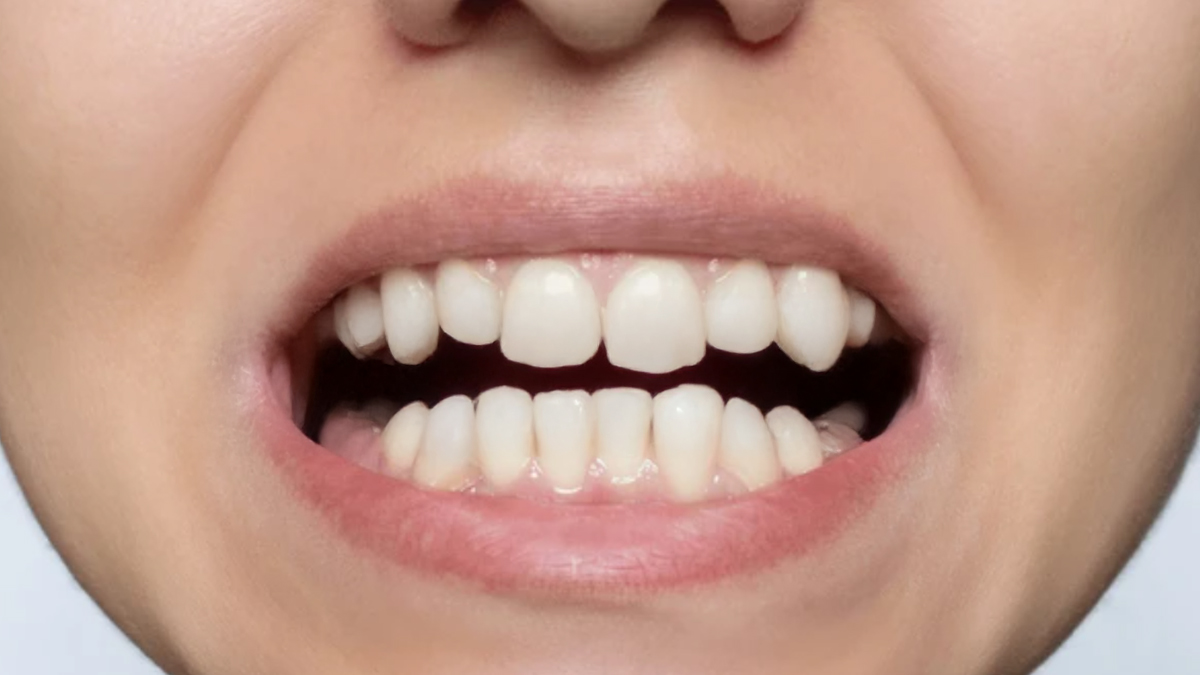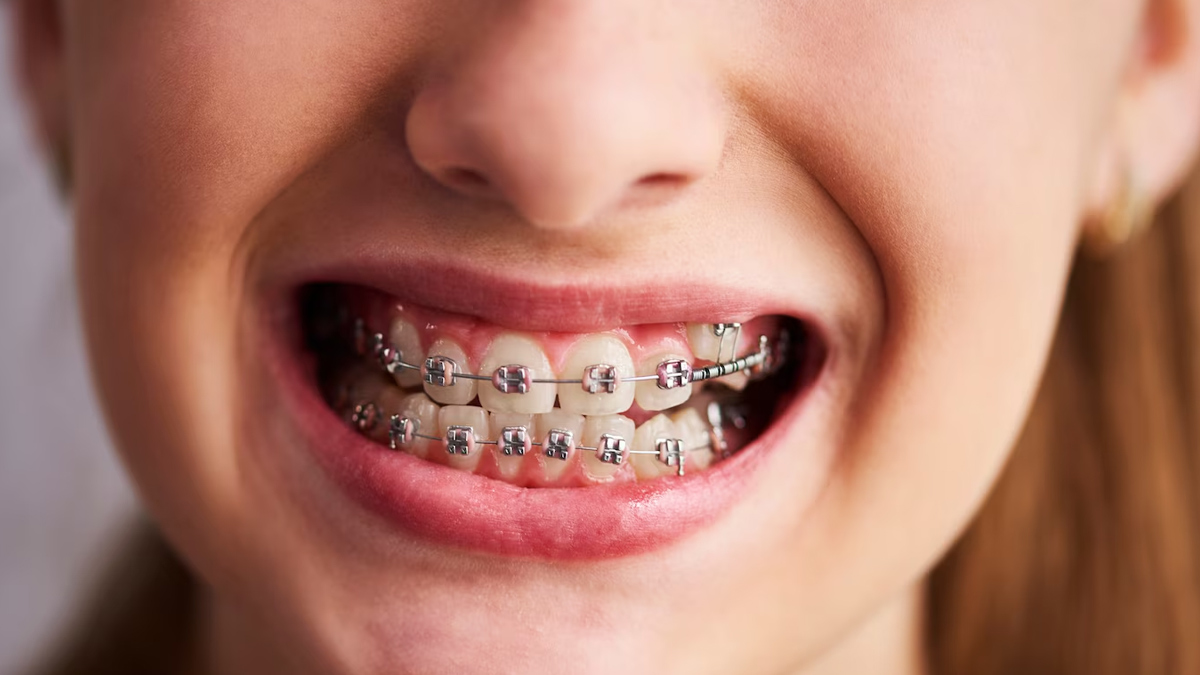
Have you ever caught a glimpse of yourself in the mirror and questioned why your teeth aren't straight? It is something that many notice and is more prevalent than you would imagine. Crooked teeth can happen for many reasons; some start in childhood, while others show up later. The good news is, there are ways to fix it. But before jumping to treatment, let’s look at what might be causing it in the first place.
Table of Content:-
What Causes Crooked Teeth?

- Genetics: Like eye colour or hair texture, tooth alignment can also run in families. If your parents or grandparents had crooked teeth or crowded jaws, there's a good chance you may inherit them too.
- Thumb Sucking or Pacifier Use: Prolonged thumb sucking or pacifier use beyond age 3–4 can put pressure on the developing teeth and jaw. This usually causes the front teeth to push out or incorrect alignment of the bite.
- Early Loss of Baby Teeth: Baby teeth play a crucial role in guiding adult teeth into their correct position.If they're lost too soon (from decay or accident), the teeth around them may move into the space, making the space for permanent teeth narrower.
- Jaw Size or Shape: With the inclusion of more processed and softer foods in today's diets, there is less needed. This has resulted in smaller jaws in most individuals over time, less room for teeth, and, as a consequence, crowding or overlapping.
- Poor Oral Habits: Mouth breathing, thrusting of the tongue (pushing the tongue against the front teeth during swallowing), or habitual nail biting can gradually influence tooth alignment over the years.
- Misaligned Jaw or Bite: When the upper and lower jaws do not properly fit together (malocclusion), uneven growth of teeth occurs. Overbites, underbites, and crossbites all lead to crooked positioning.
- Injuries or Trauma: Direct trauma to the jaw or face, especially in childhood, can shift tooth positioning or even affect how new teeth come in.
- Poor Dental Care: Not going for routine dental check-ups and cleanings can cause cavities or gum disease. When the teeth loosen or move because of decay or gum complications, it can cause misalignment.
- Impacted Teeth: Permanent teeth sometimes become trapped in the gums or grow at an angle when there is not enough space. This most often occurs with wisdom teeth, but it can happen with other molars, displacing adjacent teeth out of place.
According to a 2023 study, many parents observe that their child has teeth or jaws that are not aligned properly. However, sometimes it is the healthcare providers, doctors or dentists, who detect the problem first upon an examination of the mouth. To find out if the child needs treatment for misaligned jaws or teeth, the child is referred to an orthodontist, who specialises in this field.
Also Read: The Rise Of Cosmetic Dentistry: How To Choose The Right Option For You
How to Fix Crooked Teeth: Straightening Options That Work
Fortunately, dental treatments today are more advanced, discreet, and comfortable than ever before. Here's what you can consider:

- Traditional Braces: Metal or ceramic brackets are still the best choice for moderate to severe misalignment. They slowly move your teeth using brackets and wires over several years and are best for younger patients or more complicated cases.
- Clear Aligners (Like Invisalign): These are nearly invisible, removable trays that straighten teeth over several months. Clear aligners are effective for adults or teens who want a subtle option without the appearance of metal braces.
- Lingual Braces: They are like conventional braces, but instead of putting the brackets on the front of your teeth, they put them on the back, making them unnoticeable from the front. They are effective but may take time to get used to.
- Retainers: They are usually used after treatment to maintain tooth alignment, but in mild cases, they can also correct minor misalignments on their own.
- Veneers or Bonding: For slightly crooked teeth that don't affect your bite, cosmetic treatments like veneers or dental bonding can reshape and visually align the teeth, though they don’t move them.
Bottomline
Crooked teeth aren't something to be ashamed of, most people have them, and you didn't do anything wrong. But if it's getting in the way of your self-confidence, bite, or overall oral health, rest assured that there are safe, effective treatments available. Schedule a consultation with your dentist or orthodontist. They can determine the cause of the misalignment and which treatment is best for you.
[Disclaimer: This article contains information for informational purposes only. Hence, we advise you to consult your professional if you are dealing with any health issue to avoid complications.]
Also watch this video
How we keep this article up to date:
We work with experts and keep a close eye on the latest in health and wellness. Whenever there is a new research or helpful information, we update our articles with accurate and useful advice.
Current Version
